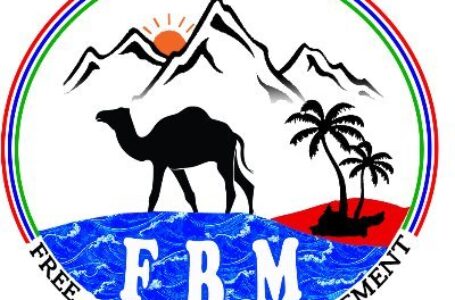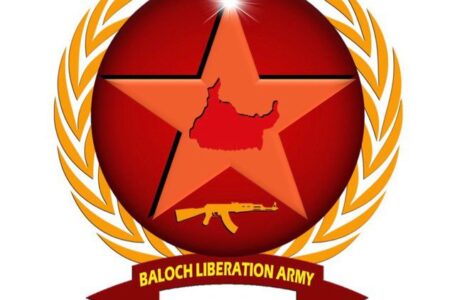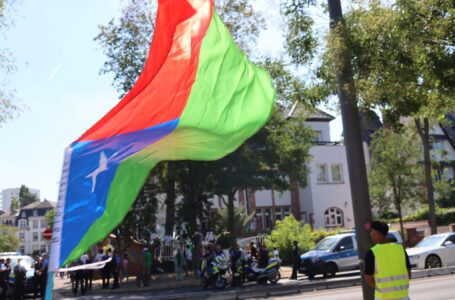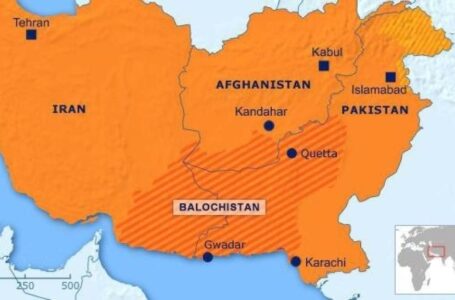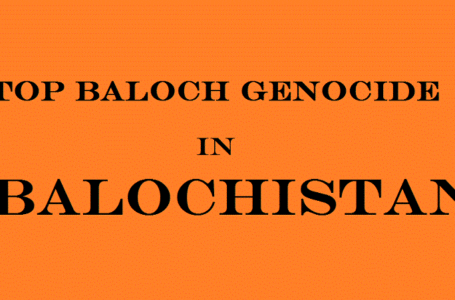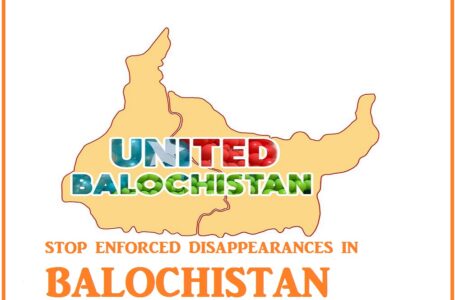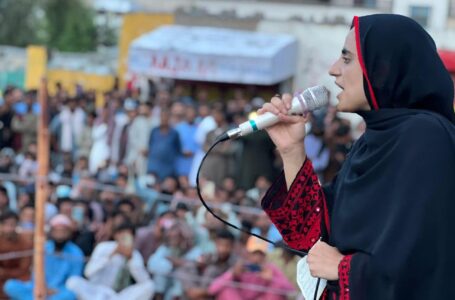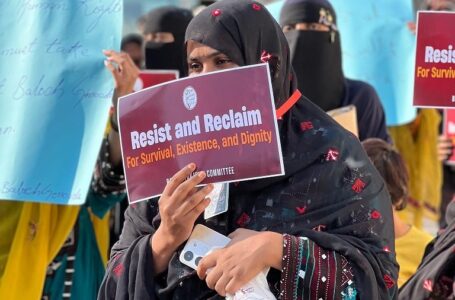FBM Holds Simultaneous Protests Against Pakistan’s Nuclear Tests on Baloch Land
Obstacles to Development in Balochistan
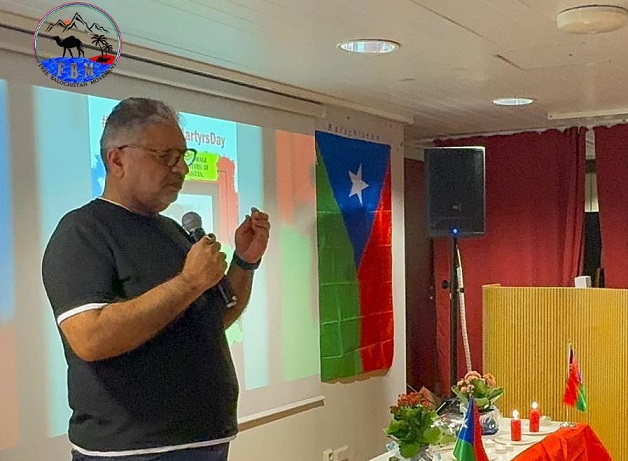
Advocate Sadiq Raisani
I read a statement by Dr. Malik Baloch, the leader of the National Party, claiming that tribal systems are obstacles to development in Balochistan. This perspective echoes an old mantra used by occupying states and their cronies, one that has largely lost its relevance. I will attempt to explain some aspects of the tribal system.
Balochistan is a region with its own language, history, culture, geography, and identity. The Baloch nation stretches from Bandar-e-Abbas to Zaranj, and from Shaal to Dera Ghazi Khan, comprising various tribes that have inhabited Balochistan for thousands of years. Tribal structures still exist in the region today.
However, the British, Pakistani Punjabis and Iranian invaders have propagated manipulative narratives to mislead the Baloch nation into believing that a chieftaincy or sardari system dominates Balochistan. While there is indeed a tribal system in place, characterised by chiefs as heads of tribes, this structure has historically served as a firewall against foreign invaders and thwarted their ambitious plans.
The British Sandeman system empowered the Sardars for colonial purposes, and the Pakistani and Iranian authorities continued to promote this legacy. They empower and employ individuals as mercenaries, serving the interests of the Pakistan Army, as well as Iran’s Al-Quds and the Iranian Revolutionary Guard Corps (IRGC).
Has Dr. Malik offered a better alternative to the tribal system? So far, he and others like him have only issued statements and chanted empty slogans in their failed attempts to deceive the Baloch nation. This is part of their strategy to convince Pakistan, Iran, and China that they can serve as an alternative force against the Baloch liberation struggle.
Dr. Malik claims there are no tribal obstacles in his region of Balochistan, yet that area continues to lack essential development, including health and educational facilities. Why is this the case?
Some individuals attempt to gather support in their political tents by opposing tribalism and framing the Baloch struggle as a class-based issue. However, they have failed to propose a viable alternative to the existing tribal structure in Balochistan. This is one reason the tribal system persists in many regions around the world.
The tribal system is robust in the Middle East and South Asia, particularly in Balochistan, Khyber Pakhtunkhwa, the former tribal districts (FATA), and Afghanistan. In rural and remote areas, the tribal system effectively addresses serious issues, including prolonged enmities and disputes, through Jirgas (councils). These councils provide a form of justice that is often quicker than waiting for years for resolutions in the judicial systems of occupying states, heavily influenced by military generals, the Punjabi elite and Iranian clerics, who often manipulate verdicts to suit their interests.
Tribalism plays a crucial role in the politics and social structures of various regions, including Yemen, Somalia, northern Nigeria, Sudan, Ethiopia, Brazil, Peru and Colombia, as well as among Indigenous people in Australia and Oceania. The Aboriginal peoples of Australia and the Maori tribes of New Zealand, despite being part of larger state structures, continue to uphold their tribal cultures and traditions.
In Papua New Guinea, society predominantly operates on tribal lines, while in the United States and Canada, Indigenous peoples—often referred to as “Red Indians”—maintain their autonomous governments and traditions. In China and Myanmar, tribal structures are also prevalent, particularly in Tibet and other areas are resisting China’s dominance.
Tribal systems tend to thrive in regions where government access is limited or where people prefer to preserve their traditional ways of life. The practice of tribalism varies across different regions, shaped by unique cultural, historical, and geographical contexts.
In Europe, ancient tribes such as the Celts, Vikings, and Germanic tribes eventually merged into nation-states. However, it is essential to note that these tribes converged within national states. In contrast, Pakistan and Iran are not true nation-states; rather, they occupy the lands of Baloch, Pashtun, Kurds, Ahwazis, and Sindhis.
Conclusion: The obstacles to Balochistan’s development and progress are not the tribal systems themselves, but rather the foreign invaders who sought to colonise Balochistan through force and exploit its natural resources. As a result, Balochistan, despite being the least populated province and having abundant natural resources, sees its people living below the poverty line.
There is no class-based struggle within Balochistan; currently, the tribes and classes of Baloch are under the occupation of Iran and Pakistan. Both pro-freedom political and armed organisations comprise members of all tribes, as do those who support the occupying states. In summary, the division within Balochistan can be simplified into two groups those who seek liberation and those who support occupying forces.

